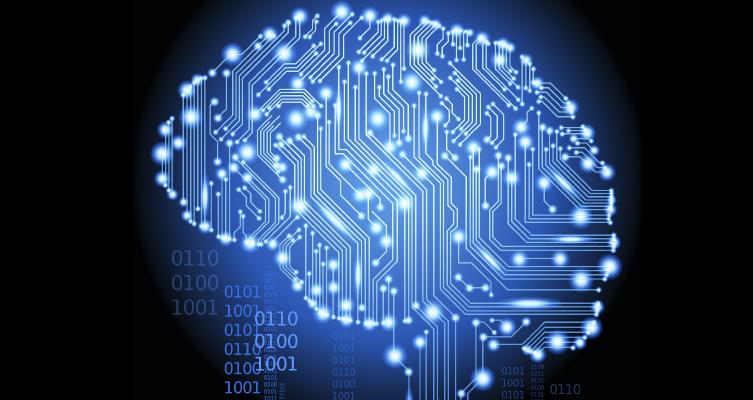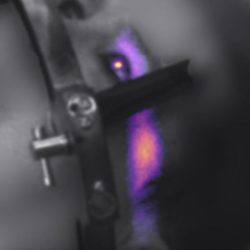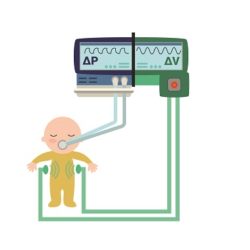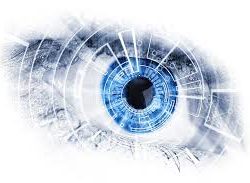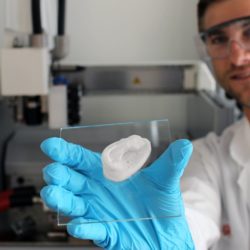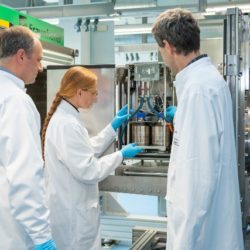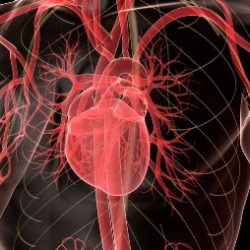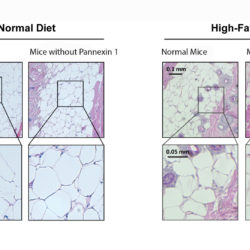Registry data for the benefit assessment of drugs
Particularly in the case of accelerated drug approvals and drugs for rare diseases (orphan drugs), the evidence available at the time of market access is often insufficient for the early benefit assessment of drugs. Often, the studies are too short or no data on patient-relevant outcomes were collected. Comparisons with the German standard of care Read more about Registry data for the benefit assessment of drugs[…]

